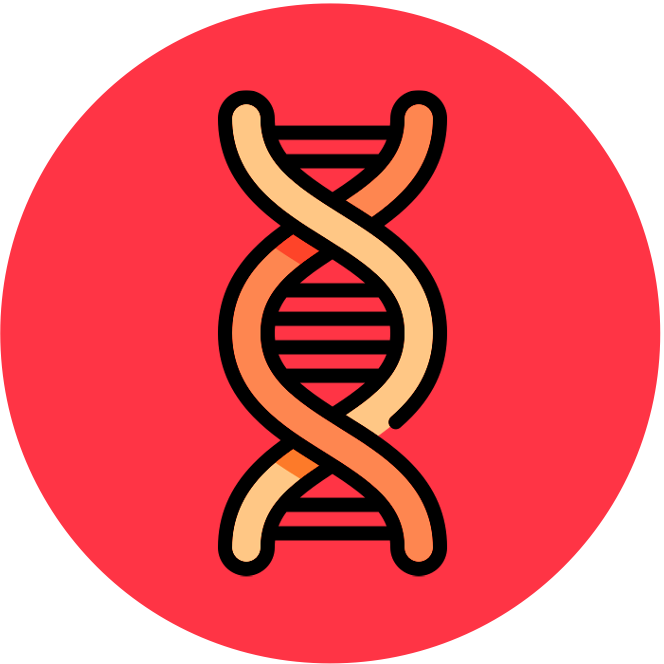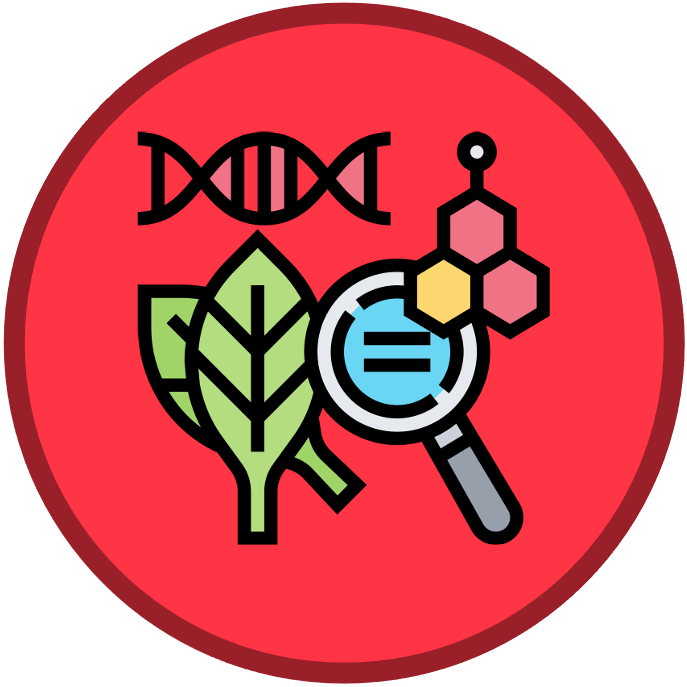

Conserved Genes
Certain DNA sequences show minimal levels of change over long periods of time
-
A sequence that is identical (or very similar) across all members of a species or a group of species is called a conserved sequence
-
A sequence that remains identical (or very similar) over long periods of evolution is called a highly conserved sequence
There are two main hypotheses to account for the presence of conserved or highly conserved sequences in genes
-
The gene serves an essential functional requirement within the cell
-
The removal of an essential gene would prevent organism survival – hence any mutations to the conserved sequence will not be maintained within a gene pool
-
Examples of essential genes would include those encoding enzymes involved in cell respiration, transcription, translation, etc.
-
-
The gene has a slower rate of mutation
-
Certain sequences may be more likely to mutate – for example, methylated cytosines can deaminate to form thymine
-
The locus of a gene may affect the rate of mutation – for example, the proximity to the telomere may influence mutation rate
-
Genes with higher expression levels also have more active DNA repair and proofreading mechanisms – resulting in fewer mutations remaining unchanged
-




